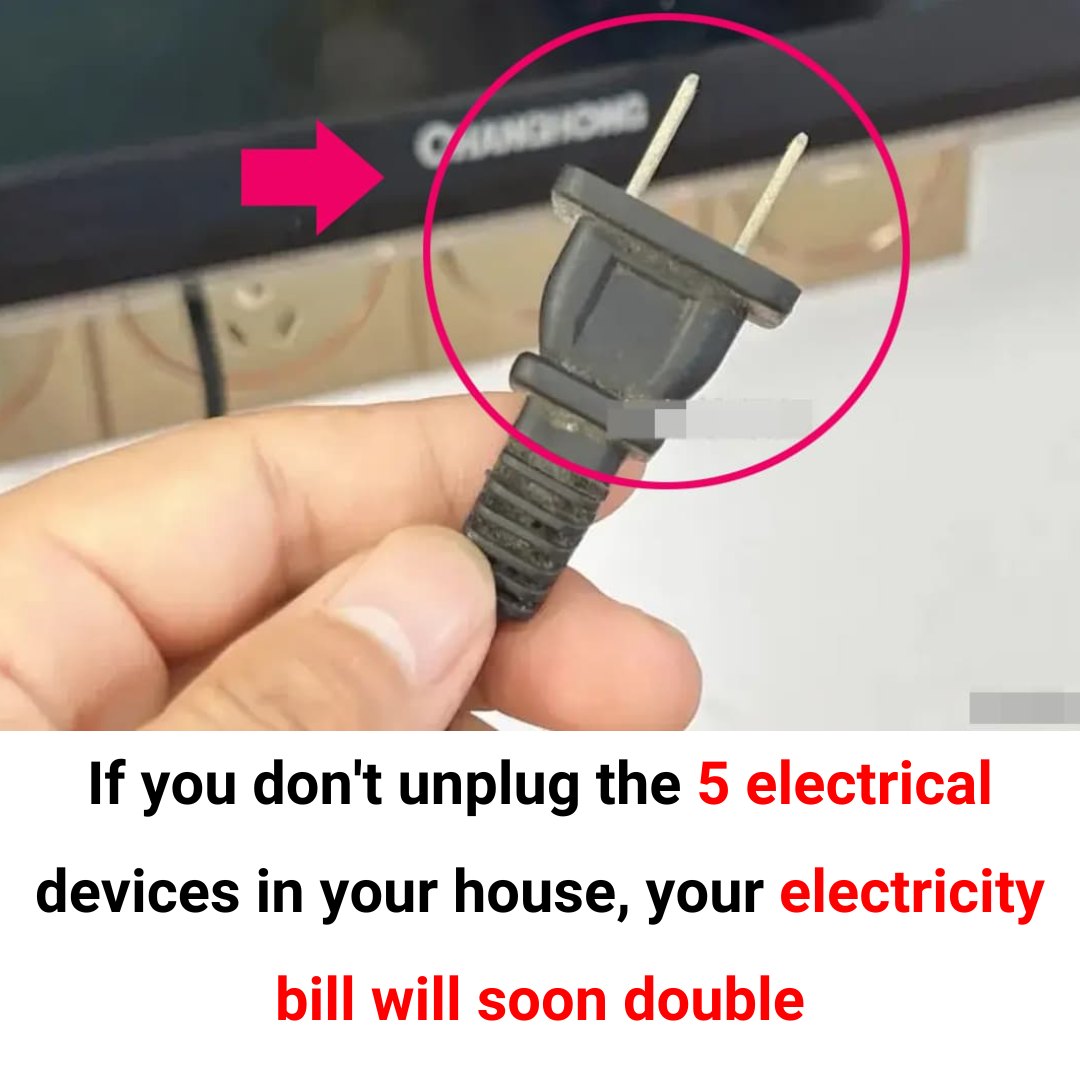Your electricity bill could double if you’re not careful about how you use common household appliances. Many devices continue to consume energy even when they’re turned off or in standby mode, quietly adding to your monthly costs. Let’s take a closer look at five major culprits and why unplugging them when not in use can save you a significant amount of money.

1. Desktop Computer
A desktop computer, along with its peripherals like monitors, speakers, and printers, is one of the biggest energy vampires in your home. Even when the computer is turned off but left in standby mode, it continues to draw electricity.
To prevent unnecessary power consumption, make it a habit to completely shut down your computer and unplug all peripherals when they’re not in use. This small effort can lead to noticeable savings on your electricity bill over time.
2. Microwave
While you might think your microwave only uses electricity when cooking or reheating food, it actually consumes power even when idle. The clock display and standby mode quietly draw energy, which adds up over time.
If you’re not planning to use the microwave frequently, unplug it to minimize wasted electricity. This is especially important if you’re going on vacation or won’t be using it for an extended period.
3. Television
Modern televisions, especially smart TVs, are another sneaky source of power consumption. Even when the screen is off, they often remain in a standby mode that continues to draw electricity.
To reduce this phantom energy usage, unplug your television when it’s not in use. It’s a simple way to cut down on your energy costs without sacrificing convenience.
4. Phone and Electronic Device Chargers
Leaving phone chargers or other electronic device chargers plugged in after the devices are fully charged is a common habit—but it’s also an energy drain. Chargers left plugged in continue to use electricity, even when not actively charging a device.
Unplug chargers as soon as your devices are fully charged. Not only will this help reduce your electricity bill, but it will also extend the lifespan of your devices by preventing overcharging.
5. Water Heater
Water heaters are among the biggest energy consumers in any household, especially if they remain plugged in all day. When left on, they continuously use electricity to maintain water temperature, even when no hot water is needed.
If you don’t use hot water frequently, unplug your water heater when it’s not in use. This small adjustment can make a big difference in lowering your monthly energy bill.
Why Unplugging Devices Matters
Many electronic devices draw power even when turned off, a phenomenon known as “phantom energy” or “vampire power.” While the energy consumed by a single device may seem minimal, the combined effect of multiple devices left plugged in 24/7 can lead to a significant increase in your electricity costs.
By taking a few seconds to unplug these devices, you can reduce your energy usage, save money, and contribute to a more sustainable environment.
Final Thoughts
Unplugging devices when they’re not in use is an easy and effective way to lower your electricity bill. Start with these five common culprits—desktop computers, microwaves, televisions, chargers, and water heaters—and you’ll likely see a noticeable difference in your monthly energy costs.
Ready to take control of your electricity bill? Start unplugging today and watch your savings grow!





